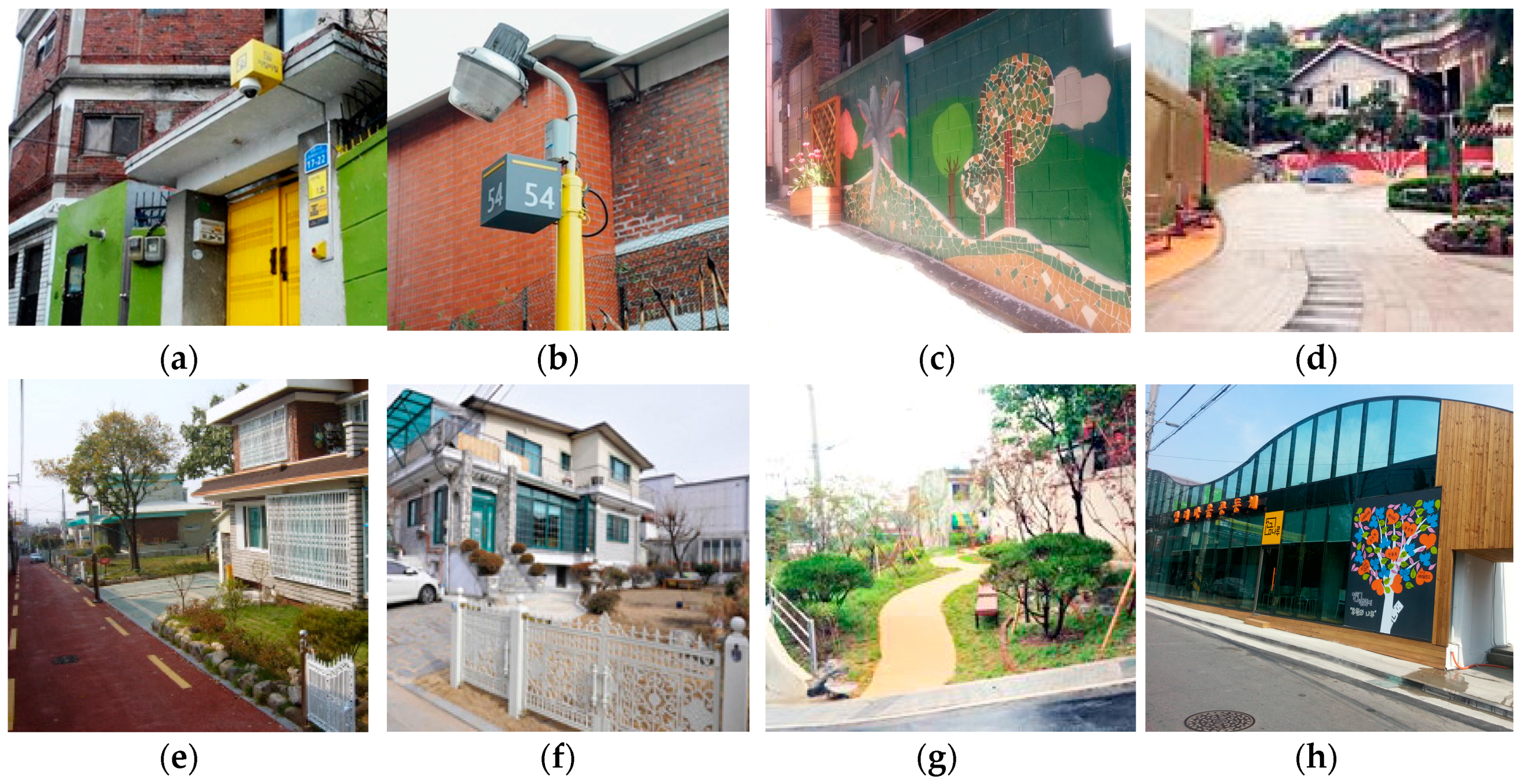Table Of Content

In fact, your chance of getting your car stolen if you live in Los Angeles is one in 147. In addition, NeighborhoodScout found that a lot of the crime that takes place in Los Angeles is property crime. Property crimes that are tracked for this analysis are burglary, larceny over fifty dollars, motor vehicle theft, and arson. In Los Angeles, your chance of becoming a victim of a property crime is one in 36, which is a rate of 28 per one thousand population.

Opinion: Grocery stores used to be my happy place. Then they started locking up the detergent
Equipment and materials used in a dwelling should be designed or selected with safety and security in mind. CPTED will never serve as the only source of crime prevention or take the place of traditional policing strategies, but implementing the procedures can lead to further success for your organization. For example, you may be working to fix a picnic area where a couple who are donors became engaged, and they want to front the funding for the project. It is especially difficult for a park district to incorporate some of these principles for a variety of reasons, but it is possible to be successful. If you have a 5,000-acre park space, do not try to fix your issues with one giant project. 2) Surveillance — Involves the elimination of physical barriers that inhibit the casual observer from scrutinizing behaviors inside a space.
Downtown Denver explores urban design as answer to crime - The Denver Gazette
Downtown Denver explores urban design as answer to crime.
Posted: Tue, 20 Sep 2022 07:00:00 GMT [source]
heavily the importance of the feeling of safety and security. Perception is

Crime risk indices are nationally comparable on a 1 – 100 scale, where 100 means safer than 100% of U.S. neighborhoods. Residents also may have adjusted their behavior after a public service campaign by city officials, Park said. Advice has included telling residents to install more cameras, park cars in their driveways or garages instead of the street and engage in neighborhood watch groups. "That is something that is highly, highly concerning to me," said Park, who was elected in 2022 on a strong public safety platform. "But it’s not only the unhoused population who is the victim of crime. Every day, people out in the neighborhoods or community, people working in local businesses, have been victimized, whether by assaults or armed robberies. It's pretty commonplace."
United States Violent Crimes
Instead of focusing efforts on catching and stopping criminals, CPTED focuses on their behaviors and analyzes — “Why are criminals picking this location and committing this crime? ” CPTED provides a different style of assessment, designed to work to prevent the crime before it occurs. A criminology theory states that any signaling of untended or abandoned maintenance of urban disorder increases vandalism on top of additional crime and anti social behavior. However if the environment is maintained and monitored which eventually will prevent further vandalism and the possibility of escalating into more serious crimes. NeighborhoodScout® provides exclusive crime risk analytics for every neighborhood in America with up to 98% predictive accuracy.
Whose Eyes on the Street? - Landscape Architecture Magazine
Whose Eyes on the Street?.
Posted: Tue, 11 May 2021 07:00:00 GMT [source]
Along those lines, something like courtyard benches might create a place for people to linger to enjoy them with their neighbors, but also come with additional concerns. Benches could encourage neighbors to hang out, or pose a risk for loitering and criminal activity. It is a consideration that underscores the importance of CPTED and knowing your neighborhood.
occurs at a particular location over and over again. The environment likely contributes to the crime
LOS ANGELES — For years, Los Angeles residents, like many in communities across the country, have complained about growing crime – from catalytic converter theft to stolen packages, or far worse – and the impact on their quality of life. Fifteen Group Land & Development LLC Unveils Vision For Model Community in East Los Angeles. The plan calls for redeveloping the 70-acre site to include 4,400 residential units, 300,000 square feet of retail, office, and commercial space as well as nine acres of publicly accessible open space. Construction could commence as early as 2010 and take up to 10 years to complete the $2 billion project. Preventing crime is not solely the job of locks on doors or security cameras scanning entranceways.
Maintenance and activity support aspects of CPTED were touched upon in the preceding, but are often treated separately because they are not physical design elements within the built environment. CPTED strategies rely upon the ability to influence offender decisions that precede criminal acts. Research into criminal behavior shows that the decision to offend or not to offend is more influenced by cues to the perceived risk of being caught than by cues to reward or ease of entry. Certainty of being caught is the main deterrence for criminals, not the severity of the punishment. Consistent with this research, CPTED based strategies emphasize enhancing the perceived risk of detection and apprehension. Crime prevention through environmental design (CPTED) is an agenda for manipulating the built environment to create safer neighborhoods.
Natural access control
CPTED uses various tools to evaluate environmental conditions and utilize intervention methods to improve space and how it is used. Whether it is new construction, existing construction, green space, schools, businesses, or neighborhoods, CPTED strategies have proven to be successful. Concurrent with Jeffery's largely theoretical work was Oscar Newman and George Rand's empirical study of the crime-environment connection conducted in the early 1970s. As an architect, Newman placed emphasis on the specific design features, an emphasis missing in Jeffery's work. The CPTED movement first emerged from the urban planning critique of journalist Jane Jacobs’ in her book THE DEATH AND LIFE OF GREAT AMERICAN CITIES (Jacobs, 1961). Jacobs introduced urban design concepts such as locating people onto public streets, what she called “eyes onto the street”, in order to deter offenders from offending with impunity.
strategy and provide the necessary CPTED training to reduce the fear and incidence of crime at your property.
Secondly, CPTED is best used as a tool in a problem-solving or planning process, not as an independent intervention. If preventing first floor break-ins was the only goal of the CPTED project in Houston mentioned earlier, installing window bars might be more effective than rose bushes. Rarely is stopping crime the only goal – CPTED seeks to improve quality of life and create new social and economic opportunities. In terms of effectiveness, a more accurate title for the strategy would be crime deterrence through environmental design. Research demonstrates that offenders might not always be prevented from committing some crimes by using CPTED. CPTED relies upon changes to the physical environment that will cause an offender to make certain behavioral decisions, and some of those decisions will include desisting from crime.
Public spaces were designed to be overlooked by users of surrounding buildings and spaces. Locations and activities in the area were connected by wide and highly visible pathways, CCTV was installed and lighting levels optimised to promote the use of pathways and spaces after dark. The National Institute for Crime Prevention (NICP) has teamed up with Thinkific to bring its renowned Crime Prevention Through Environmental Design (CPTED) training to a global audience. Now, through the user-friendly platform of Thinkific, professionals worldwide can access NICP’s CPTED courses conveniently. This partnership signifies a commitment to democratizing education, empowering individuals, and fostering safer communities globally.
While the concepts of CPTED are well accepted, the City of Los Angeles is one of the first major cities in the nation to institutionalize them comprehensively. As members of the Greater Los Angeles community, we encourage you to read this information and adopt these measures in your own area. BJA NTTAC has identified CPTED as a new training and technical assistance (TTA) initiative and is offering TTA resources that will help community leaders and officials assess their needs related to the environmental conditions that may be leading to crime incidents. If you know a community that would benefit from TTA or if you are a community or agency with a critical need, click here to complete the online TTA request form. If you are interested in authoring a TTA Today blog post on the work of your organization or jurisdiction, please email us at

No comments:
Post a Comment